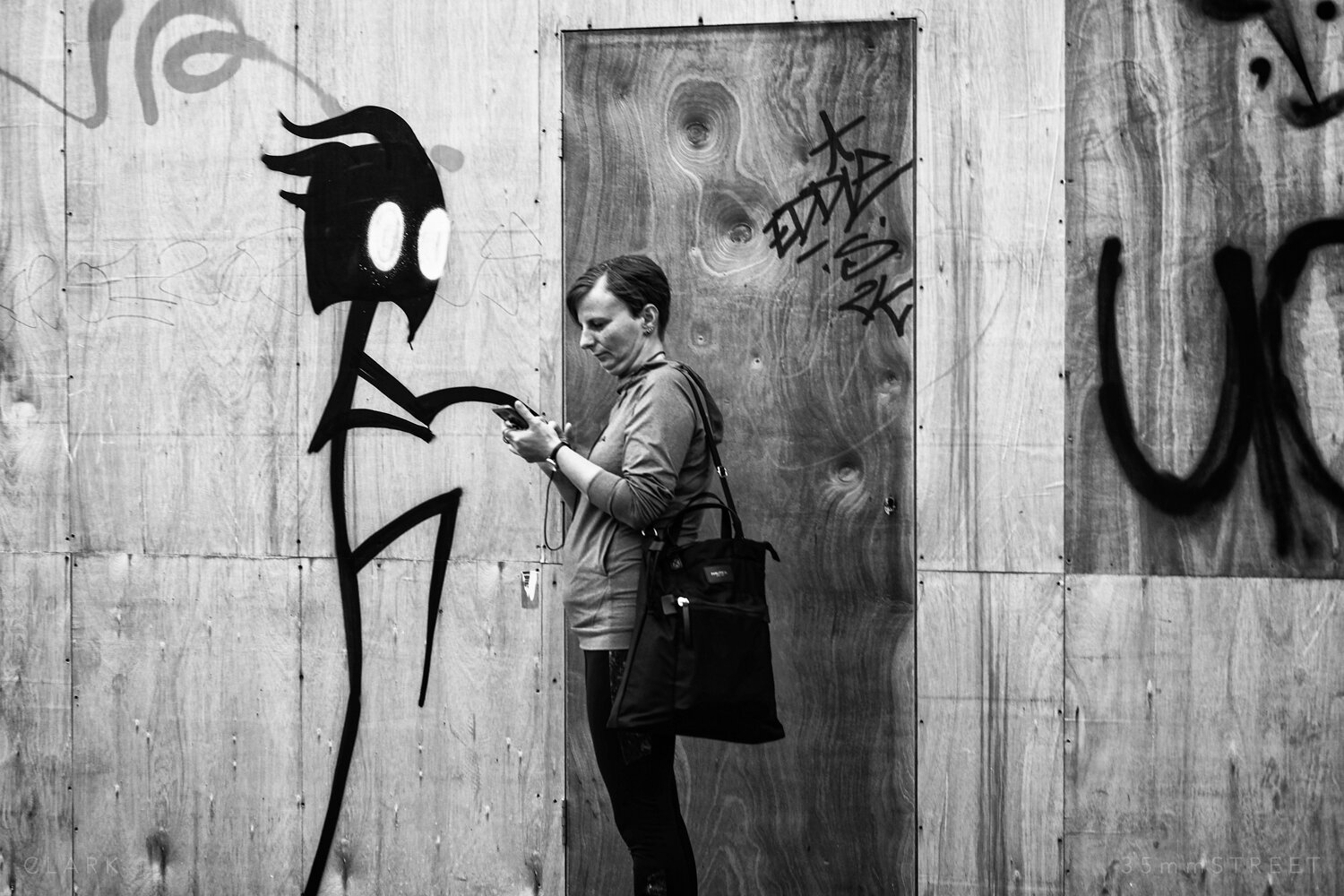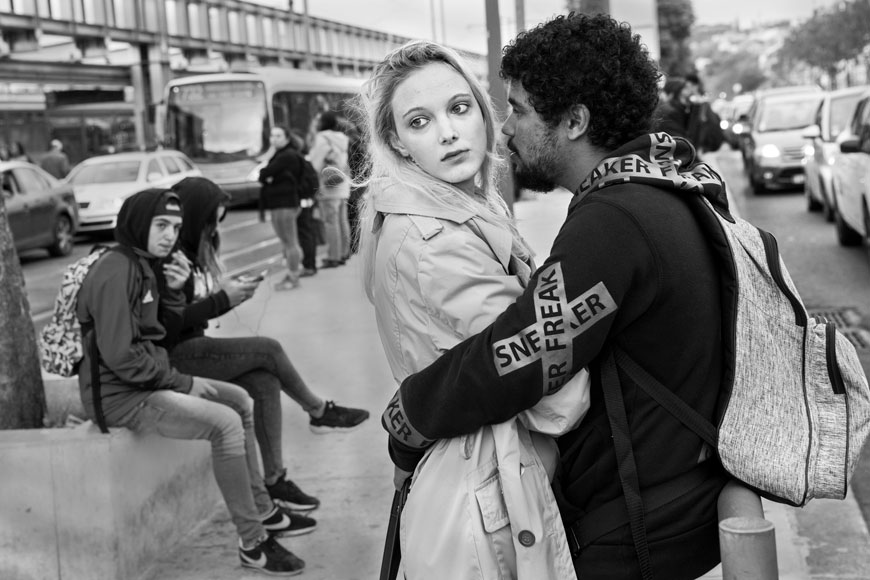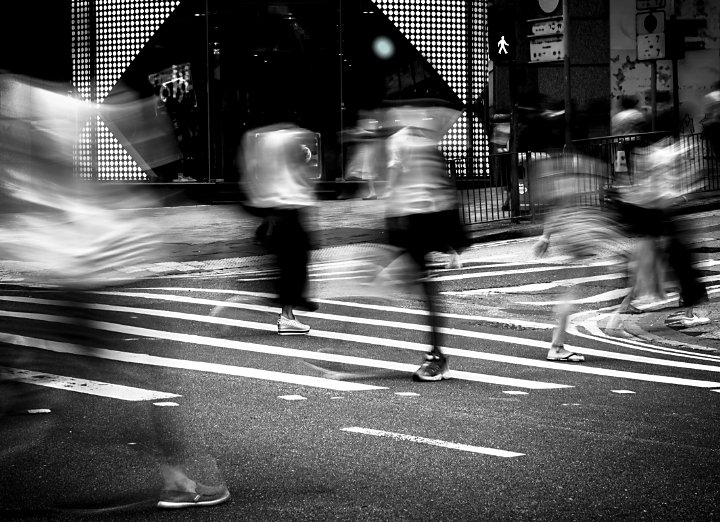The Basic Principles Of Street Photographers
The Basic Principles Of Street Photographers
Blog Article
Street Photographers Can Be Fun For Anyone
Table of ContentsThe smart Trick of Street Photographers That Nobody is Discussing3 Simple Techniques For Street PhotographersStreet Photographers Can Be Fun For AnyoneA Biased View of Street PhotographersThe Street Photographers Statements
, a style of photography that documents day-to-day life in a public area. The actual publicness of the setting makes it possible for the photographer to take candid pictures of unfamiliar people, commonly without their knowledge. Street professional photographers do not necessarily have a social purpose in mind, yet they choose to isolate and catch moments which may or else go undetected.He was influenced by several of those who affected the road professional photographers of the 1950s and '60s, he was not primarily interested in capturing the spirit of the road., that functioned side by side with photographers attempting to record the significance of metropolitan life.
While the professional photographers' subject was essentially the very same, the outcomes were markedly various, demonstrating the impact of the digital photographer's intent on the personality of the photos he produced.
The smart Trick of Street Photographers That Nobody is Talking About
Given the fine high quality of his photographs and the breadth of product, architects and artists typically got Atget's prints to use as referral for their very own job, though business passions were barely his primary inspiration. Instead, he was driven to photograph every last remnant of the Paris he liked. The mingled passion and seriousness of his mission sparkle through, leading to photos that tell his very own experience of the city, high qualities that anticipated street photography of the 20th century.

Unlike his peers, Brassa used a larger-format Voigtlnder video camera with a longer exposure time, forcing him to be more calculated and thoughtful in his method than he could have been if using a Leica. (It is believed that he might not have actually been able to pay for a Leica at that time, but he did, however, use one in the late 1950s to take colour photos.) Brassa's photographs of the Paris underworld brightened by fabricated light were click to read more a revelation, and the collection of the collection that he released, (1933 ), was a significant success.

Street Photographers Fundamentals Explained
It is due to this essential understanding of the art of photo taking that he is typically credited with discovering the tool all over again about a century considering that its innovation. He took photographs for greater than a half century and affected generations of professional photographers to trust their eye and intuition in the moment.
These are the questions I will attempt to answer: And afterwards I'll leave you with my very own interpretation of street photography. Yes, we do. Let's begin with defining what an interpretation is: According to it is: "The act of defining, or of making something precise, distinct, or clear".
No, most definitely not. The term is both restricting and misguiding. Seems like a road photography should be photos of a streets ideal?! And all road digital photographers, except for a small number of absolute novices, will totally value that a road is not the vital component to road photography, and really if it's a photo of a street with perhaps a couple of dull people doing absolutely nothing of interest, that's not street photography that's a snapshot of a street.
The 30-Second Trick For Street Photographers
He makes a legitimate point do not you believe? Nonetheless, while I agree with him I'm not exactly sure "honest public photography" will catch on (although I do kind of like the term "honest digital photography") since "street digital photography" has been around for a long period of time, with several masters' names affixed to it, so I believe the term is here to stay.
You can shoot at the beach, at a celebration, in an alley, in a park, in a piazza, in a coffee shop, at a gallery find out this here or art gallery, in a city terminal, at an event, on a bridge, under a bridge ...
Street Photographers - Questions
Yes, I'm afraid we scared no choice! Without rules we can not have an interpretation, and without a definition we don't have a genre, and without a style we do not have anything to define what we do, and so we are stuck in a "regulations definition style" loophole! - Street Photographers

Report this page